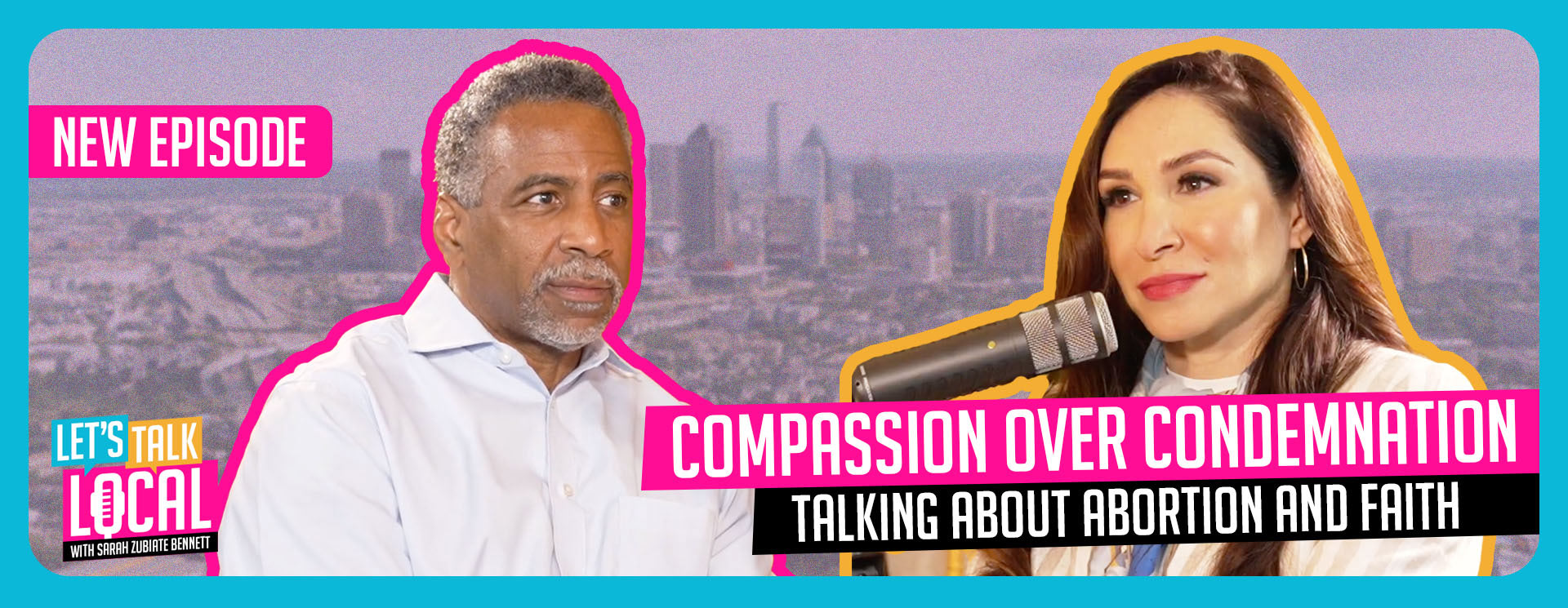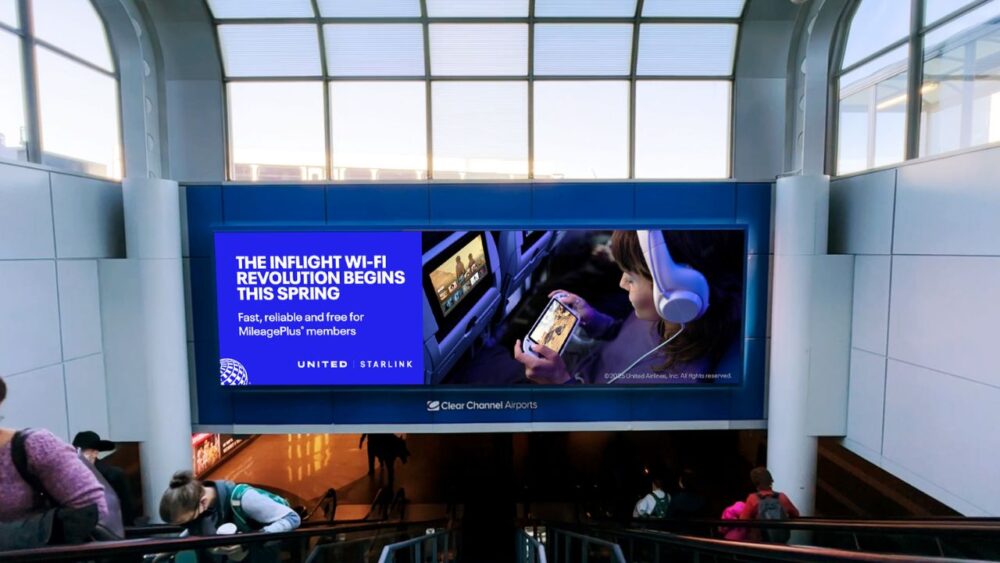United Airlines made aviation history Wednesday morning with the first Starlink-equipped mainline flight in the United States, offering passengers high-speed, low-latency internet throughout their journey.
United Flight 2940 departed Newark at 8 a.m. Eastern Time on October 15, bound for Houston aboard a Boeing 737-800. The milestone flight marked the debut of Starlink Wi-Fi across both personal devices and inflight entertainment screens, providing passengers the same internet quality they experience at home.
More than 170 passengers onboard reported seamless access to live TV, streaming, gaming, and real-time collaboration. Later that day, the same Starlink-equipped aircraft completed flights between Houston and Fort Lauderdale before returning to Texas.
United installed two Starlink antennas on the 737-800, with plans to equip up to 15 mainline aircraft each month. The airline will install nearly 2,940 antennas across its fleet — matching the number of the inaugural flight. More than half of United’s regional jets already feature Starlink connectivity, and another aircraft type is expected to be certified by year’s end.
“We’re committed to raising the bar when it comes to the onboard experience, and with Starlink, we’re changing how people fly,” said David Kinzelman, United’s chief customer officer, in a press release. “Whether it’s catching a live game, streaming an award show or working, United customers won’t miss a beat when they’re onboard a Starlink-equipped flight.”
Starlink Wi-Fi is complimentary for United MileagePlus members. Customers receive a notification before departure if their aircraft includes the system.
The technology allows passengers to stream entertainment, attend live events, shop online, and connect multiple devices simultaneously without lag. United began offering Starlink on regional flights in May 2025, with early satisfaction scores showing 90% of customers appreciated the high-speed service.
The rollout supports United’s goal of adding more than 300,000 seatback screens across its fleet, part of a broader multibillion-dollar investment in customer experience upgrades.


